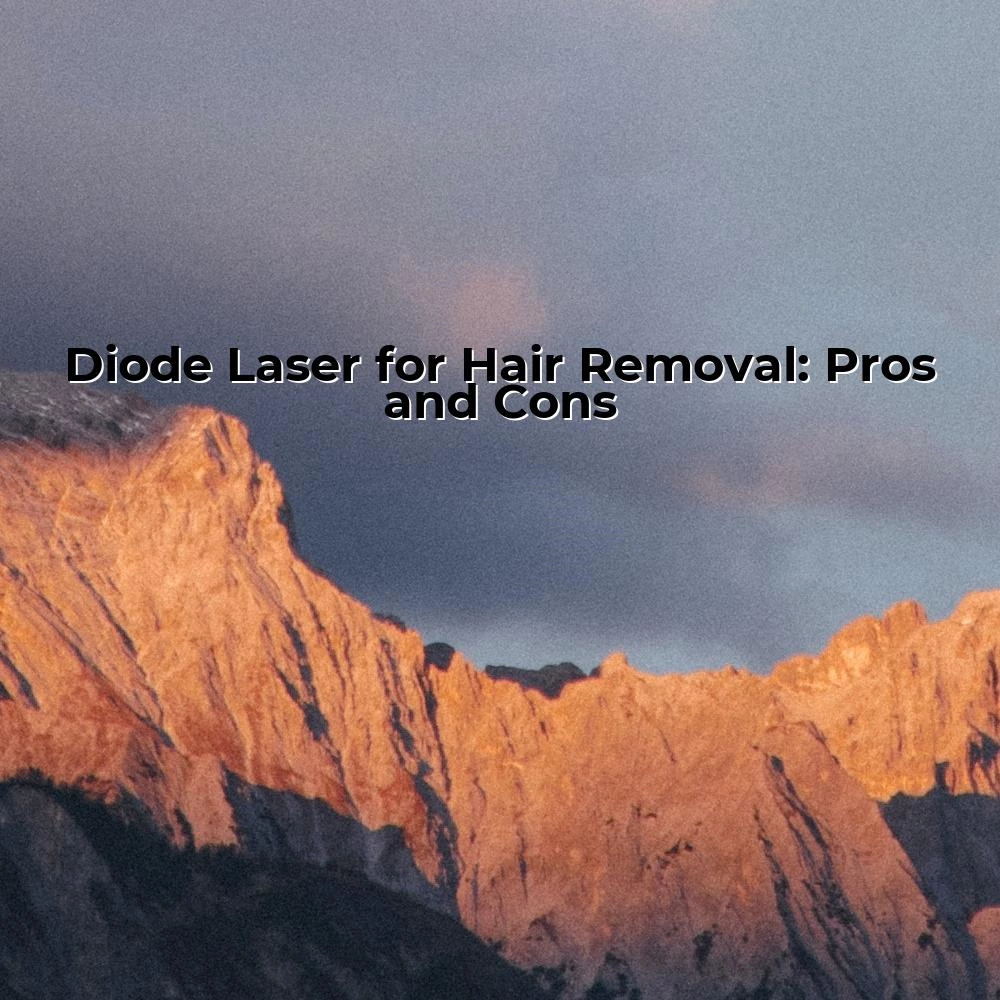Diode Laser for Hair Removal
| Visit:113

Diode Laser for Hair Removal
As a medical professional, understanding the varying technologies available for hair removal is key to offering the best solutions to your patients. One such technique being widely adopted in dermatology is the use of a diode laser for hair removal. This article aims to provide an overview of the diode laser technology, its benefits, drawbacks, and its appropriateness for different skin types.
The diode laser is a popular choice for hair removal. The laser emits light at a wavelength of 808-810nm, which is absorbed by the melanin in the hair follicles. This effectively damages the hair follicles, reducing future hair growth and making it a desirable option for long-term hair removal.
Pros of Using Diode Laser for Hair Removal:
1. Effectiveness: The diode laser has proven its efficiency in reducing hair growth over time, with several studies showing marked reduction in hair growth after a series of treatment sessions. Optimal results can often be seen after 4 to 6 sessions.
2. Suitable for a range of skin types: The diode laser is adaptable to different skin types, primarily for Fitzpatrick skin types I to V. It is a versatile option that can be used on varying skin tones and hair types.
3. Less Painful: Compared to other laser treatments, the diode laser technique is less painful due to a built-in cooling mechanism. This feature enhances patient comfort during treatment.
4. Rapid treatment times: The diode laser's large spot size allows larger areas to be treated simultaneously, resulting in shorter treatment times.
Cons of Using Diode Laser for Hair Removal:
1. Potential for skin damage: Though the diode laser technique is generally safe, it does pose a risk of thermal damage to the skin if improperly handled. It is therefore important for the treatment to be carried out by a proficient, trained professional.
2. Discomfort during treatment: Despite the cooling mechanism built into the diode laser technique, some patients may still experience discomfort or mild pain during the treatment.
3. Requires multiple sessions: While the diode laser shows promising results, complete hair removal requires multiple sessions, hence it may not be a suitable option for those expecting instant results.
4. Not suitable for all hair colors: The diode laser technique is less effective on light or grey hair compared to darker hair types due to the lack of melanin.
Further comprehensive information on the mechanism of diode laser hair removal can be found at www.ciellulu.net. Ensure to provide your patients with the full details of the procedure, allowing them to make an informed decision that best suits their needs and desires.
In conclusion, the use of diode laser for hair removal presents a multitude of advantages over traditional methods. However, the drawbacks caution towards the necessity of personalised patient care and thorough professional training in its use.
As advancing technology continues to shape the field of dermatology, understanding techniques such as the diode laser hair removal not only enhances your practice but provides an optimized solution for your patient's hair removal needs.
Source: Diode Laser for Hair Removal




 Ciellulu Laser - Facial Machine Supplier
Ciellulu Laser - Facial Machine Supplier

